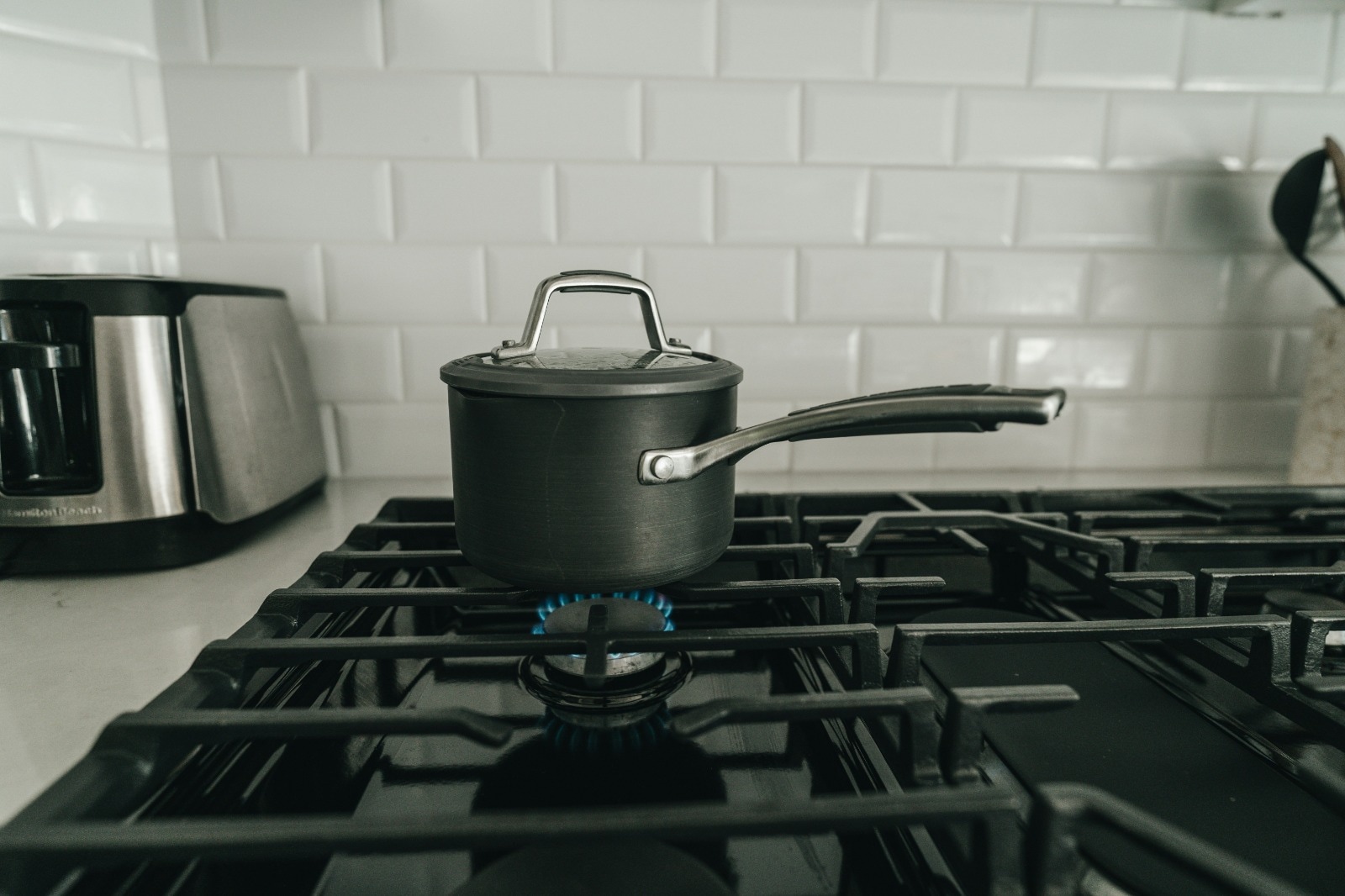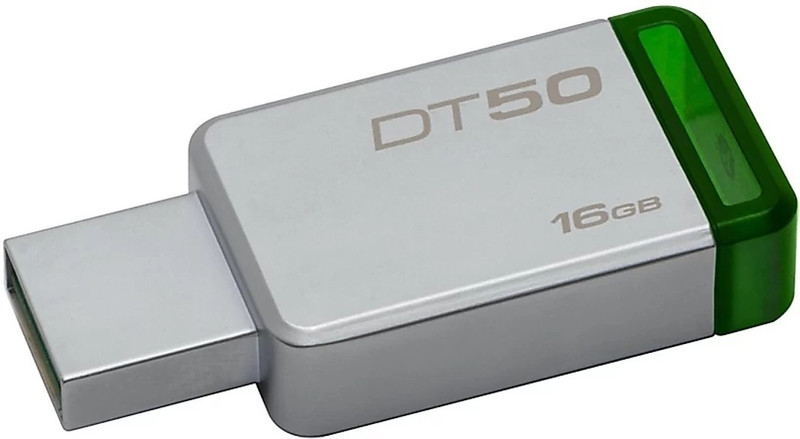Know How To Stop Gas Stove Flame From Dimming And Take A Look The Top 8 On Amazon From Lifelong, MILTON To Bajaj

There's something oddly comforting about the soft whoosh of a gas stove lighting up. That little blue flame, bright and dependable, has long been a staple in homes where cooking isn't just a chore, it's a ritual. But what happens when that flame loses its spark, literally? One day it's bold and strong, the next it's a weak, spluttering flicker barely holding on. And suddenly, boiling water takes forever and dinner feels like a long-distance relationship.
If your gas stove's flame keeps dimming, you're not alone. It's a common issue, but the good news? It's often easy to fix with a little know-how and regular TLC. This article dives into the hidden culprits behind a gas flame that just can't keep up, and offers practical, straightforward advice to keep that fire burning bright and steady, without calling in the cavalry (or your overly enthusiastic DIY neighbour). And we also list the top 8 gas stoves on Amazon from Lifelong, MILTON, Sunshine, Prestige To Bajaj.
Also Read: Upgrade Your Kitchen: Discover Best-Rated Gas Stove At Best Prices On Flipkart
How To Keep Your Gas Stove Flame Strong And Check Out The Top 8 on Amazon From Lifelong, MILTON, Sunshine, Prestige, Bajaj and more; Photo Credit: Pexels
1. Blocked Burner Ports: The Tiny Holes That Make a Big Difference
It often starts small, a lazy flicker where there was once a lively flame. One of the most common (and most overlooked) culprits? Blocked burner ports. These are the tiny holes around your burner head where the gas escapes to ignite. Over time, bits of food, grease, or even the fine dust that settles in every kitchen can clog them up.
It doesn't take much, a few hardened crumbs from last night's stir-fry, a splash of boiled-over soup, and suddenly your stove is sputtering like it's catching its breath. The solution? A simple, gentle cleaning ritual. Once the stove is cool, remove the burner caps and use a soft-bristled brush or a pin to clean each port carefully. Avoid using too much force, though, scratching or warping the burner can make things worse.
Regular maintenance, even just once a week, can keep the ports clear and the flame strong. Think of it like brushing your stove's teeth. It may not sparkle, but it'll run smoother and keep your cooking on point.
2. Moisture Buildup: The Silent Flame Killer
Ever cleaned your stove, only to find the flame weaker the next day? Moisture might be to blame. Whether it's from an overzealous scrubbing session or just the lingering aftermath of boiling pasta, water can sneak into places it doesn't belong.
Moisture around or inside the burners can disrupt the gas flow or even prevent the igniter from sparking. It's the kitchen equivalent of trying to light a match in the rain. The solution? Let it dry. Completely. Disassemble removable parts and leave them to air-dry properly, no shortcuts with damp cloths or quick wipes. If time's not on your side, a gentle warm-up with a low oven heat (with all stove parts removed) can help evaporate stubborn moisture.
It might feel a bit tedious, especially when there's a pot of curry to reheat, but patience pays off. A dry burner is a happy burner, and a much safer one too.
3. Improper Air-to-Gas Ratio: When the Flame Turns Moody
Ever noticed your stove's flame turning yellow or orange? That's not just a Halloween trick. It's often a sign that the air-to-gas ratio is off. A healthy flame should be blue, calm, strong, and just a little intimidating. If it's acting up in colour or size, it might be crying out for more air.
Inside your stove, there's a tiny valve called the air shutter. Its job? To regulate how much air mixes with the gas before ignition. If it's not set properly, your flame could be too lean (too much air) or too rich (not enough). Either way, cooking becomes slower, uneven, and potentially dangerous.
Adjusting the shutter usually means a peek underneath the burner or inside the stove base. It can be fiddly, but it's not rocket science. A quick twist here or there, until the flame turns blue again, can make all the difference. Like tuning a guitar, it's all about finding the right balance.
4. Faulty Gas Regulator: The Unsung Hero With a Big Job
Buried out of sight and often forgotten, the gas regulator is the silent orchestrator of your stove's performance. It's responsible for controlling the pressure of gas that reaches the burners. If it's faulty, misaligned, or simply ageing, the result is a flame that struggles to stay consistent.
Think of it like water pressure in a shower. Too little, and it's a dribble; too much, and it's a geyser. When the regulator isn't doing its job, your flame may flare up briefly, then shrink without warning.
While it's not always a DIY fix, recognising the symptoms, weak flame across all burners, inconsistent lighting, or random dimming, can help you act before it turns into a safety issue. Replacing a regulator isn't expensive, and a professional can usually have it sorted in under an hour.
Sometimes, the solution isn't about cleaning or tweaking, it's about knowing when to call for help. A strong flame is great, but peace of mind? That's priceless.
5. Grease And Gunk: The Kitchen Villains You Didn't Know Were There
Grease is like glitter, it gets everywhere. And while a glossy stove might seem clean on the surface, grease buildup underneath or around the burner base can quietly interfere with gas flow. Over time, it hardens, blocks airways, and traps heat where it doesn't belong.
This not only dims your flame, but it can also wear down the components faster, turning your stove into a temperamental diva. A quick wipe-down after cooking isn't always enough. Every so often, the stove needs a deep clean. That means lifting off the grates, removing the burner heads, and tackling the mess head-on with a degreaser and a touch of elbow grease.
It might feel like overkill, but it's worth it. A clean stove is more than a pretty face, it's a high-performing, energy-efficient cooking machine. And let's be honest, scrubbing off months-old spaghetti sauce can be oddly satisfying.
6. Low Gas Supply: When the Source Is the Problem
Sometimes the issue isn't in the stove, it's in the supply. A low gas pressure problem can mimic all sorts of symptoms: flickering flames, slow heating, or burners that simply won't stay lit. It could stem from a half-empty cylinder, a kinked pipe, or supply issues from the source itself.
If the flame is dim across all burners and no amount of cleaning helps, it's time to follow the trail. Check for any visible damage in the hose, ensure the cylinder valve is fully open, and listen for the faint hiss of escaping gas when igniting. If things still seem off, it might be time to swap out the cylinder or get the supply line checked.
Like any mystery, solving it means following the clues, and sometimes, the culprit is hiding in plain sight. Gas supply isn't glamorous, but it's the lifeblood of your stove. Keep it flowing strong, and your flame will thank you.
7. Poor Ventilation: When The Kitchen Works Against You
It's easy to forget that gas flames need more than just gas. They need oxygen. If your kitchen is stuffy, cramped, or poorly ventilated, the air quality can directly affect how your flame behaves. A lack of airflow means the gas stove can't combust properly, and the result is a lazy, dim flame that's trying its best under poor conditions.
It's like trying to jog in a room with no windows, you'll run out of breath quickly. Open windows, install an extractor fan, or just keep the kitchen door ajar while cooking. These small changes can dramatically improve combustion efficiency.
Good ventilation isn't just about fire safety, it also keeps your kitchen fresher, cooler, and more comfortable. Nobody enjoys cooking in a sauna, and your flame doesn't either.
8. Ageing Stove Components: When Retirement Beckons
Even the best appliances have their limits. If your gas stove has been around longer than your favourite frying pan, it might simply be feeling its age. Wear and tear on burner heads, igniters, valves, and other inner workings can slowly erode performance, leading to uneven flames and persistent dimming.
Stove parts, much like old friends, need checking in on. If replacements are needed, they're often inexpensive and easy to find. Burner heads, especially, are prone to rust and corrosion if not maintained. Igniters can weaken. Valves can get sticky.
Regular servicing, or even just a once-over every six months, can extend the life of your stove significantly. And when it's finally time to say goodbye? Consider upgrading to a model with better energy efficiency and improved safety features. Your future self (and your dinner guests) will be grateful.
Products Related To This Article
1. Lifelong 2 Burner Gas Stove Top for Kitchen
2. MILTON Premium 3 Burner Black Manual Ignition Glass Top Gas Stove
3. Haute Evoque Series 2.0 Black 4 Burner Manual Ignition Glass Gas Stove
4. Sunshine Olympic Gold Four Brass Burner Gas Stove Manual Ignition
5. Elica Vetro Glass Top 3 Burner Gas Stove
6. Prestige IRIS Toughened Glass-Top 3 Brass Burner LPG Gas Stove
7. Bajaj Ultra 4 Burner Gas Stove | 6 MM Toughened Glass top with Charcoal Finish Powder Coasted Frame
8. MILTON Premium Red Manual Ignition Glass Top Gas Stove
A dimming gas flame might seem like a small annoyance, but it's often a symptom of something bigger, a call for attention, a nudge to take better care of the workhorse that feeds the household. From the subtle hum of the flame to the sizzle of dinner hitting the pan, a properly working stove makes everyday cooking a pleasure. With a bit of awareness and routine care, that struggling flame can return to its proud, blue brilliance. So, the next time your pot takes forever to boil, or the stove's heat feels more emotional than physical, take a moment to check in with it. Because even kitchen flames need a little love now and then. And notably, the idea is to get the best product in the first place that has a long life. And above, we have listed the top 8 gas stoves on Amazon from Lifelong, MILTON, Sunshine, Prestige to Bajaj for you.
Disclaimer: The images used in this article are for illustration purposes only. They may not be an exact representation of the products, categories, and brands listed in this article.






























